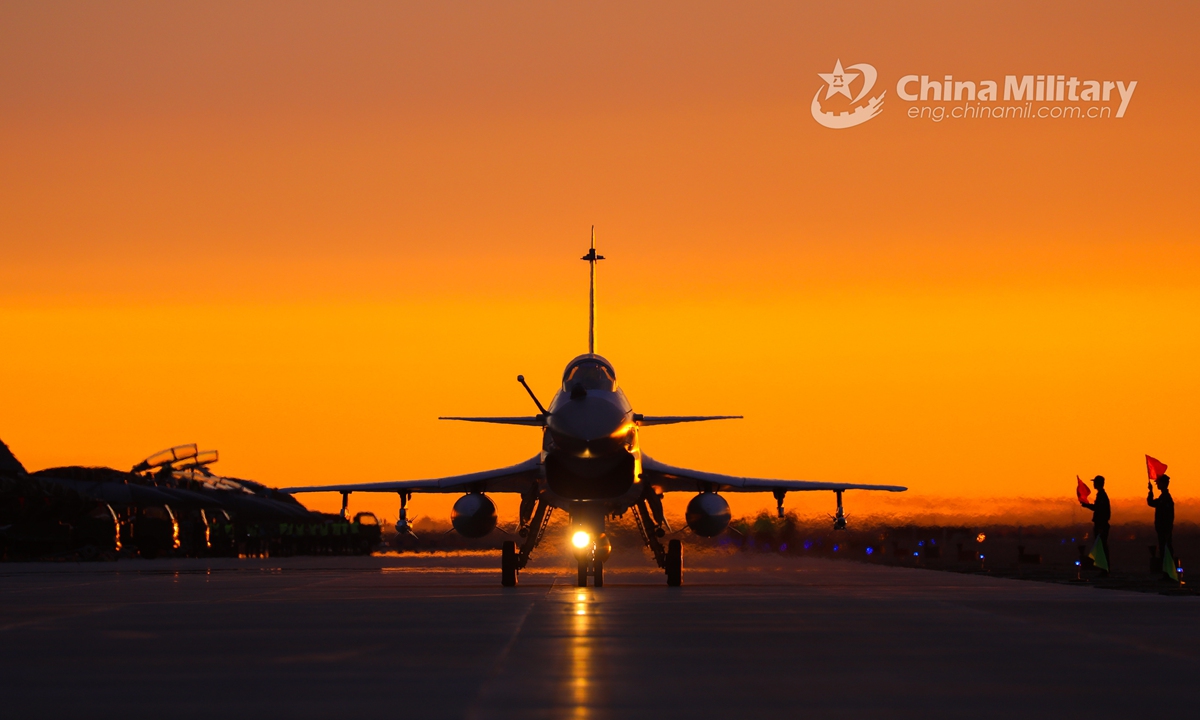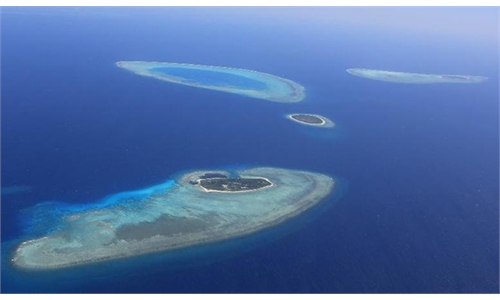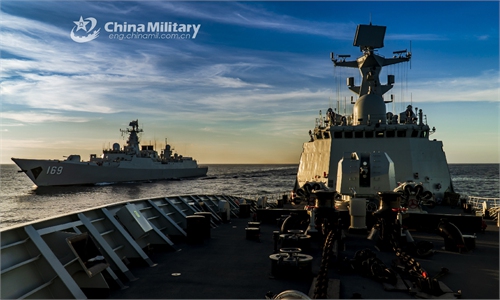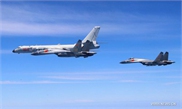US military's frequent close-up air recons on China's coastal area 'dangerous'
US military’s frequent close-up air recons ‘dangerous’

J-10 fighter jets attached to an aviation brigade of the air force under the PLA Southern Theater Command taxi out of their aircraft hangars successively onto the runway prior to a night field flight training exercise over northwest China's Qilian Mountains and Gobi desert. (eng.chinamil.com.cn/Photo by Xie Zhongwu)
US military aircraft reportedly conducted close-up reconnaissance operations on China's southern coast for three consecutive days, which is a dangerous sign, as the moves could let the US grasp the technical parameters, locations and movements of the Chinese military's weapons and equipment over the South China Sea and Taiwan island, Chinese military experts warned on Wednesday.
A US EP-3E signals reconnaissance aircraft on Wednesday morning flew through the Bashi Channel, edged near the "middle line" of the Taiwan Straits from the south, then turned southwest and approached the coastal areas of South China's Guangdong Province. At one point, it came only 51.68 nautical miles from Guangdong, Taiwan media reported Wednesday.
This is the third consecutive day the US has conducted similar operations. On Monday an RC-135 reconnaissance aircraft and on Tuesday an EP-3E also approached the Guangdong coast, only 60.89 and 60.94 nautical miles away respectively, according to the South China Sea Strategic Situation Probing Initiative (SCSPI), a think tank at Peking University.
Song Zhongping, a Chinese military expert and TV commentator, told the Global Times on Wednesday that unlike the recent exercises by US dual aircraft carriers in the South China Sea, the reconnaissance aircraft's operations are not just a show, as they were conducting reconnaissance missions in preparation for potential military conflict.
Both the EP-3E and RC-135 can capture electromagnetic signals including communication signals, after which they can analyze them and obtain valuable information like the current status of China's weapons and equipment and the latest movements of the People's Liberation Army (PLA), Song said, noting that for instance, an RC-135 could detect ballistic missiles, including the location of their bases and transporter erector launchers.
The US is also interested in the movements of Chinese submarines and surface vessels, for which it would also use P-3C and P-8A aircraft, Song said.
According to publicly available information, many warships of the PLA South China Sea Fleet are homeported at a naval base in Guangdong's Zhanjiang, and the PLA Southern Theater Command, which has the 74th and 75th Group Army, is also headquartered in Guangdong's Guangzhou.
One of the most important missions of the PLA Southern Theater Command and South China Sea Fleet is to safeguard China's interests in the South China Sea, and they would also support the Eastern Theater Command in a potential reunification-by-force operation on the island of Taiwan, observers said.
In the past month, the US has also frequently sent military aircraft near the island of Taiwan, which were also frequently met with PLA warplane sorties that were widely interpreted as PLA countermeasures, according to media reports.
To defend against the US' provocative close-up reconnaissance, the PLA must have sent warplanes to approach, intercept, disrupt and repel US warplanes, so they would not be able to gather any intelligence. Or the PLA could temporarily suspend military activities when they approach, which would lower the risk of signals being intercepted, Song said.
The PLA sortied a variety of advanced fighter jets including J-10, J-11 and Su-30 in missions near Taiwan when US military aircraft approached. Y-8 special mission aircraft for electronic warfare can also be deployed to jam US warplanes, analysts said.
Chinese military experts also warned that frequent close-up reconnaissance operations by the US could also result in misjudgment and lead to accidents.
In 2001, a PLA J-8II fighter jet collided with a US EP-3E when the latter conducted close-in reconnaissance near South China's Hainan Province. The US aircraft was forced to make an emergency landing in Hainan, and the Chinese J-8II pilot died after the aircraft crashed.




